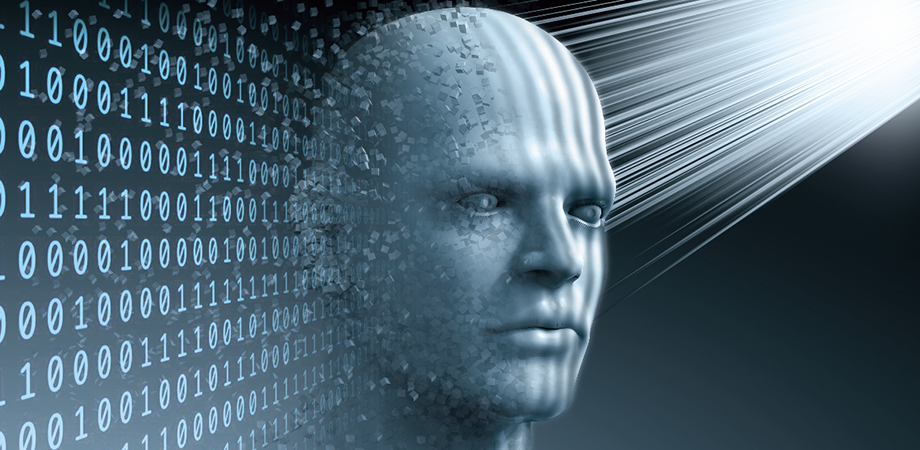Using Deep Learning to Analyze Fringe Patterns
How do you extract the phase information of fringe patterns with the highest accuracy, fastest speed, and full automation? Deep learning.

Optical phase measurement is widely used in many scientific and engineering applications, such as industrial detection, machine vision, biomedicine, and nanostructure characterization. Representative phase measurement techniques include optical interferometry, digital holography, electronic speckle interferometry, Moiré profilometry, and fringe projection profilometry.
One of their common features is that the captured periodic fringes are formed by means of interference or projection, so that the physical quantities to be measured (such as the surface shape, displacement, strain, roughness, defects, etc.) are directly or indirectly reflected in the phase information of the fringes. These techniques analyze the fringe pattern for the phase extraction, and then convert the phase distribution into the physical quantity of interest. The measurement accuracy of these optical techniques depends directly on the phase demodulation accuracy of recorded fringe patterns. Fringe pattern analysis is the most important yet the most difficult step in optical phase measurements. How to extract the phase information of fringe patterns with the highest accuracy, fastest speed, and full automation remains a research hotspot in the field of optical metrology.
Recently, researchers at Nanjing University of Science and Technology (NJUST) proved that fringe analysis can be accomplished efficiently and accurately using automated artificial intelligence. They developed and trained deep neural networks to mimic the temporal phase-shifting algorithm for phase measurement - using only a single fringe pattern.
In the training stage, the deep neural networks learn to extract phase-related information with large amounts of the ground truth data obtained by a standard 12-step phase-shifting algorithm. After appropriate training, the system can output high-accuracy phase maps using a single fringe image for objects that are not present in the training data.

Flowchart of the fringe analysis using deep neural networks. Two convolutional networks (CNN1 and CNN2) are combined to determine phase distribution. With a fringe image as input, CNN1 can estimate a background image (A) that does not involve any stripes. Then, CNN2 exploits both the background image and the raw fringe image to calculate two parts: sinusoidal (M) and cosine (D) parts. These two parts are then fed into the arctangent function for the final phase calculation.
Experiments confirmed depth-learning-based fringe analysis preserves the details of object boundaries and contours with high fidelity, producing highly accurate 3D reconstructions. Because this approach is fully automatic, once the neural network has been trained, it does not require any manual parameter searches to optimize its performance.
This novel fringe analysis technique simultaneously realizes the goals of high accuracy, high efficiency, and full automation for optical phase measurements. To carry their research forward, the researchers aim to apply this technique to high-speed and high-resolution 3D surface imaging of transient events. Fringe analysis using deep learning is expected to be widely used in various optical phase measurement applications in the future.
Read the original research article in the open-access journal Advanced Photonics. Feng et al., "Fringe pattern analysis using deep learning," Adv. Photon. 1(2), 025001 (2019).
| Enjoy this article? Get similar news in your inbox |
|



